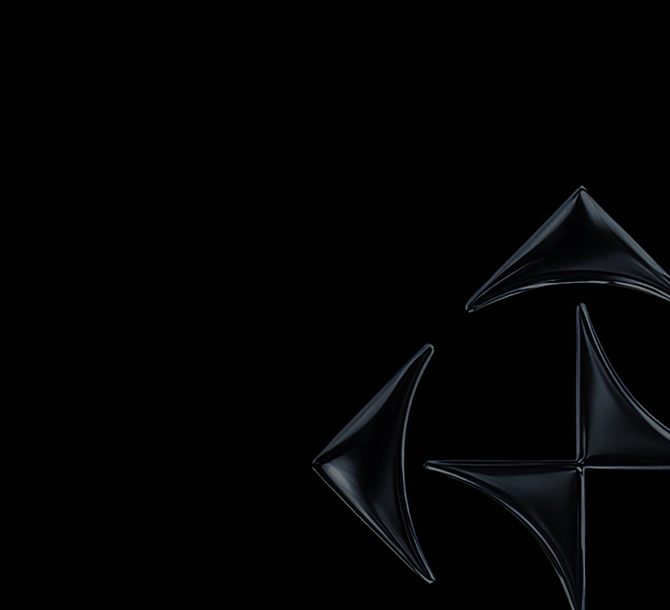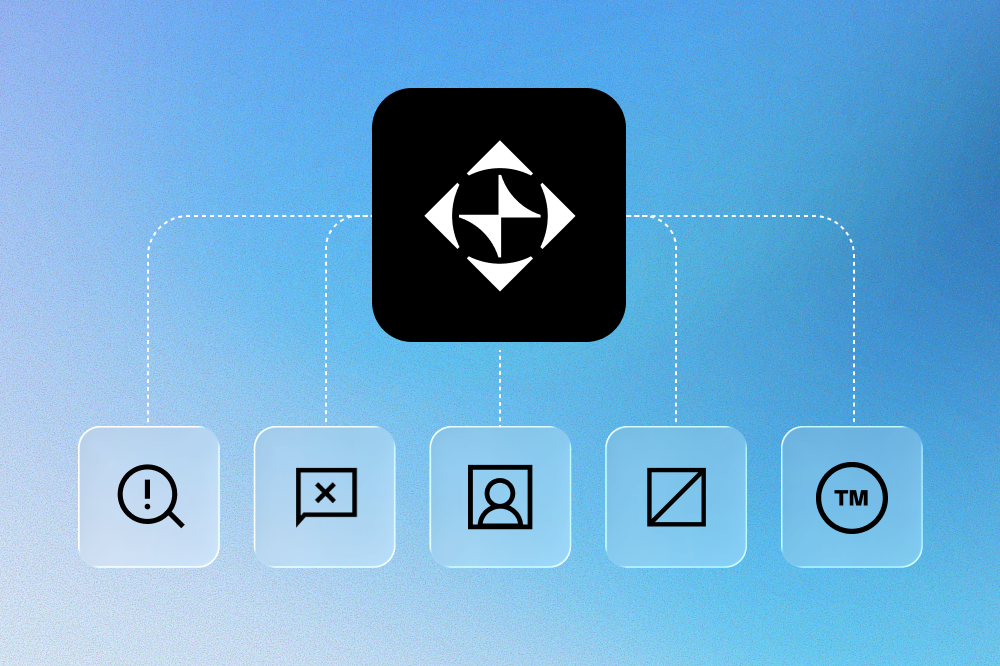On TikTok, an extensive community of people looking to buy and sell counterfeit products has emerged. This community calls itself RepTok, and its videos are reaching more people than we’ve ever seen before.
Sellers of counterfeit products have devised a clever system to systematically promote and sell their products, known as “dupes” or “reps” by using a combination of TikTok, intermediary pages, and online sales channels.
RepTok - The TikTok Counterfeit Subculture
For those out of the loop, TikTok is a massively influential social video platform. It has over 1 billion users, and its content receives over 167 million views every minute. It’s become one of the major social media platforms, already having grown past Facebook Messenger and quickly catching up to WeChat.
RepTok is the huge community on TikTok centered around buying and selling cheap counterfeit products from Chinese online marketplaces. It's become a huge trend in counterfeiting in recent years. TikTok users find relevant RepTok content by searching through some of the major hashtags:
- Dupe (4.9 billion views)
- Reps (2.3 billion views)
- Reptok (195 million views)
The magnitude of those viewing numbers alone should express just how influential TikTok can be as a platform.
This is particularly true among the younger generations in Gen Z and even Gen Alpha, as the latter now reaches an age where they themselves shop online. Not only are these younger generations the biggest users of TikTok, but studies have shown the influence TikTok has on their purchasing decisions, as well as Gen Z's changing perception of counterfeits.
What is a “Dupe” on TikTok?
A “dupe”, short for duplicate, is simply another word for counterfeit. It’s the most commonly used word on TikTok to refer to fake products, along with “rep”, itself short for replica.
Although these words simply refer to counterfeit products, the fact that words like dupe and rep are so popular is worrying in itself. It portrays a major shift in the approach consumers are taking towards counterfeits.
Within the RepTok community, users aren’t being tricked into buying fake products, nor are they buying them quietly and hoping to pass them off as legitimate. A total acceptance of counterfeiting is developing, where respect for brands and product authenticity is hugely disregarded, and finding look-match replicas at low costs is the only truly important motivator.
How Dupes are Sold Through TikTok
Here’s a basic outline of how selling counterfeits on TikTok works:
- Step 1: TikTok users create videos showing off counterfeit products for sale.
- Step 2: Links are then shared in the comments section or the bio of users to an intermediary page.
- Step 3: These intermediary pages then direct users to sales platforms
Let’s take a look at each of these steps in greater detail.
Step 1: TikTok Videos Promote “Dupes”
The first step in this process involves TikTokers showing off dupes through videos on their own profile. These videos are more brazen in how they promote counterfeit products than anything seen before.
Generally, what is more often seen in the brand protection industry are promotions for fake products that fall into one of two categories:
- they mislead users completely by impersonating another brand entirely or claim to be an official vendor for those brands. These items are intended to trick customers into thinking they’re authentic.
- they use cryptic messaging and subtle signs in an attempt to sell fake products online without being caught. These are generally sold to customers who are aware of what they’re buying.

However, these TikToks are the first promotions we’re seeing as a major scale of content so open about the counterfeit status of the “dupes”.
The people creating these TikTok videos happily explain that the products are fake, with many even showing close-ups of the products, comparing them against the real item, and bragging about how similar they are to the authentic item.
These videos amass huge numbers of viewers, many of whom continue to the next step in the process - visiting an intermediary channel.
Step 2: Sending Viewers to Intermediary Channels
Despite the relaxed attitude toward this criminal behavior, TikTokers who promote counterfeits aren’t fools. They’re aware of the possible repercussions of their actions, and they take steps to try to avoid IP enforcement against the products they sell.
The result is the rise of intermediary linking channels. In essence, these exist as a target page for users coming from the promotional videos, and then direct those users to the site where they can make their purchase. Most commonly, we see these as private chat groups and as spreadsheets.
Chat groups
Online chat groups have seen a rise in popularity in recent years as a platform for sharing links to fake products. Far more so than other social media, these channels often provide a high level of anonymity, which primarily protects counterfeiters from facing repercussions personally.
With TikTok as such a major promotional platform these days, messaging apps like Discord, Instagram, WhatsApp, and Snapchat serve as perfect landing spots for TikTok users interested in buying fake products. With group chat options, a single message carrying a handful of links to fake items can reach hundreds, or even thousands of users directly.

Disappearing messages like Stories and Snapchat messages also act as self-erasing evidence, usually only staying active for a day at most. Counterfeiters can throw up a message with a link quickly, and leave no trace of it after a day has gone by.
Spreadsheets
Between the promotional videos and the online marketplace, spreadsheets have found a niche. Here, people promoting counterfeit products can quickly throw together a publicly accessible sheet, which provides visitors with a very quick view of the products being promoted, detailing:
- The product name
- The price
- A photo of the item
- A direct link to the item listing in an online marketplace.

Seeing spreadsheets as a commonly used tool within this trend may stand out as old-fashioned. But, acting as a repository for links and basic information is the only service they need to provide. It also allows those promoting fake products to make changes within minutes of products being removed (in the best case scenario) or running out of stock (in the worst case).
Step 3: Sales Made in Online Marketplaces
The final step leads users to the online marketplace where the item is hosted, and from where the customers can actually make purchases. The most commonly used platforms for final sales are almost entirely Chinese, such as DHgate, PandaBuy, SuperBuy, and others.
One major benefit of arriving at this page through the TikTok promotional video and taking the intermediary path is that these listings can now remain mostly hidden.
Since they have a steady stream of customers coming from TikTok, there’s no need to draw in users by any other means. So, they don’t have to use transparent keywords like “fake Nike”, nor deceive users with terminology like “genuine discount Nikes”, nor use cryptic language and keywords.
This gives them a huge advantage against brands looking to enforce their IP, as finding these counterfeits generally requires them to follow the rabbit hole from TikTok, rather than quickly searching for known terms and keywords on major online marketplaces.
How Brands Can Disrupt RepTok
The RepTok phenomenon presents a significant challenge to brands and intellectual property rights, but there are measures that can be taken to disrupt this counterfeit ecosystem:
Using AI To Connect The Dots
Advanced clustering technology is capable of gathering evidence across multiple platforms, connecting the dots to map out major online counterfeiting networks.
This technology can help identify the interconnected web of users, channels, and sales platforms involved in promoting and selling counterfeit products on TikTok and beyond.
This data collection is essential for proper enforcement. The whole RepTok selling strategy is based on keeping the promotion and sales steps separate from each other. Connecting the dots between TikTokers and online marketplaces is the key to taking down the dupes properly.
Tackling Dupes From Both Ends
For proper enforcement of IP rights against RepTok, adopt a dual-front strategy to tackle the issue. First, focus on taking down the channels of TikTokers who advertise counterfeit products. By removing their promotional platforms, brands can mitigate the reach and influence of RepTok.
Simultaneously, target the sellers themselves, primarily located in China, to disrupt the supply chain. While it may be difficult to prove these items are counterfeits using the listing data alone, applying the data uncovered from TikTok and the intermediary channels gives brands the evidence they need to prove their case.
This approach aims to cut off the promotion and the source of counterfeit products simultaneously, requiring the counterfeiting network to reset everything.
Target Large-Scale Manufacturers
To really hit back against RepTok, consider identifying and taking more impactful actions against the counterfeiting network itself.
This involves going beyond merely removing online listings. Brands can initiate legal actions, including pursuing their banking assets, launching criminal investigations, and collaborating with law enforcement agencies in China and internationally.
Taking IP protection to this higher level sends a clear message that counterfeiting and the promotion of counterfeit products will not be tolerated. It's a multifaceted approach that combines technology, legal action, and international cooperation to disrupt the counterfeit ecosystem and maintain brand authenticity and integrity in a changing digital landscape.
Stay up to date on the latest IP Protection content from MarqVision.
4 Enforcements a Week to 400: Scale Brand Safety with Marq AI

Don’t Just Find Counterfeits. Dismantle the Entire Network.

.png)
Discover the latest trends and challenges in IP protection

Take Control of Your Trademarks with MARQ Folio

Renew and Manage Your Trademarks Easily With MARQ Folio

We’re waiting to hear from you

See the best brand protection solution in action

Don’t let piracy steal your growth

Talk to us about your brand protection problems

.png)








.png)





